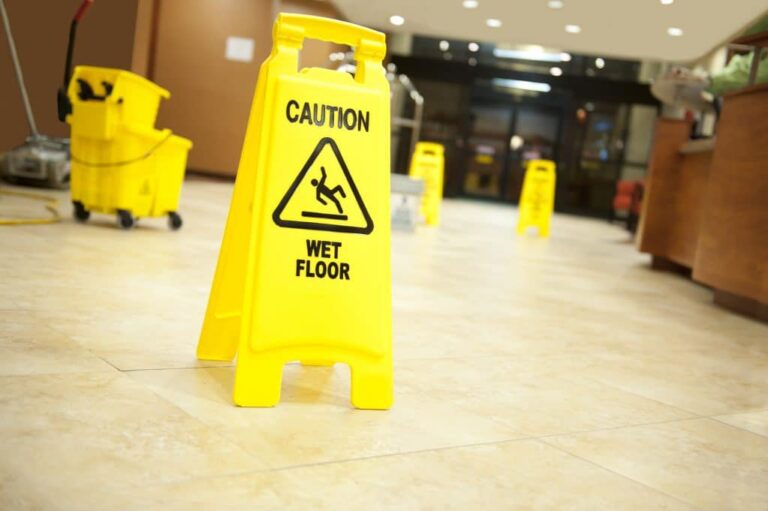Slip-and-fall accidents are more common than you might think. Whether you’re a property owner or someone who has experienced a fall, understanding the complexities of these personal injury cases can be empowering. Santa Fe personal injury attorneys can provide valuable assistance in navigating these complexities. This guide sheds light on determining liability and offers insights for victims and property owners.
What is a Slip and Fall Case?
A slip-and-fall case is a type of personal injury claim made when an individual slips, trips, or falls on someone else’s property and gets injured. These cases often hinge on the concept of “premises liability,” which holds property owners and occupiers legally responsible for accidents on their property due to unsafe conditions.
Determining Liability
For Victims
If you’ve been injured in a slip-and-fall accident, the key question is whether the property owner was negligent. Here’s what you need to consider:
1. Duty of Care: Property owners have a duty to maintain reasonably safe conditions. This includes regular maintenance, repairs, and adequate warnings about potential hazards.
2. Breach of Duty: If the property owner fails to meet this duty of care, they may be considered negligent. This could involve anything from not fixing a leaking roof to not placing warning signs for wet floors.
3. Causation: You must prove that the property owner’s negligence directly caused your injury. This means showing that the unsafe condition was the primary reason for your fall.
4. Damages: Finally, you must demonstrate that you suffered actual damages—such as medical bills, lost wages, and pain and suffering—due to the fall.
For Property Owners
On the flip side, property owners also need to understand how to protect themselves from liability:
1. Regular Inspections: Inspect your property regularly to identify and fix potential hazards. Regular inspections help prevent accidents and ensure a safe environment.
2. Documentation: Keep detailed records of maintenance work, inspections, and repairs. This proves that you took reasonable steps to ensure safety. Well-maintained documentation can streamline legal or insurance processes.
3. Signage: Use clear signage to warn visitors of any temporary hazards, such as wet floors or ongoing construction. Proper signage reduces the risk of accidents and keeps everyone informed.
4. Training: Ensure your staff is well-trained in safety protocols and knows how to handle potential hazards. Comprehensive training empowers employees to respond effectively to emergencies.
Comparative Negligence
It’s important to note that the injured party may share some responsibility for the accident in some cases. This is known as “comparative negligence.” For example, you might be partially at fault if you were texting on your phone and didn’t notice a marked wet floor. In such cases, your compensation could be reduced based on your level of fault. Santa Fe personal injury attorneys can guide you in these situations. Understanding the nuances of fault is crucial in personal injury cases.
Common Defenses in Slip and Fall Cases
Property owners often use several defenses to avoid liability:
1. No Hazard: Arguing that there was no dangerous condition on the property. They assert that all safety protocols were followed diligently.
2. Lack of Notice: Claiming they were not aware of the hazard and had no reasonable way of knowing about it. They emphasize that regular inspections were conducted without any issues being noted.
3. Open and Obvious: Suggesting the danger was so obvious that a reasonable person would have avoided it. They argue that clear signage and warnings were in place to alert individuals.
Seeking Legal Help
Navigating the legal complexities of a slip-and-fall case can be challenging, whether you’re a victim seeking compensation or a property owner defending against a claim. That’s why consulting with a knowledgeable law firm that can guide you through the process is crucial.
A good attorney will help you gather evidence, understand your legal rights, and build a strong case. For property owners, legal counsel can offer valuable advice on how to minimize risks and handle claims effectively.
Conclusion
Slip and fall cases are intricate, involving multiple factors that determine liability. Understanding these elements can help you better protect yourself, whether you’re an injured party or a property owner. However, the nuances of these cases often require professional legal guidance. Don’t hesitate to contact a reputable law firm to ensure you’re well-represented and informed. Navigating the legal terrain becomes much easier with expert help, ensuring justice and safety for all involved.
